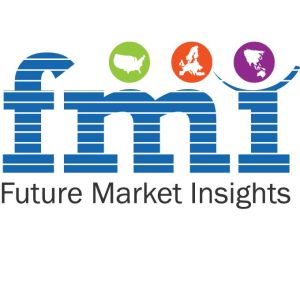Antiblock Agents Market Value Share, Supply Demand, Share and Value ChainPosted by vakhas on July 5th, 2019 Blocking is a very common problem faced by manufacturers of polyolefin films and coatings, but the existence of an array of antiblock agents has improved the scenario to much extent. Moreover, the availability of antiblock agents at low costs is leading to increasing adoption of antiblock agents. To move ahead of the grave competition in antiblock agents market, the manufacturers of antiblock agents continue to adopt the advancing technology to be able to deliver highly soluble antiblock agents, in order to ensure utmost antiblocking efficiency, low trace pollutants to maintain stability, and safety for food contact. However, the several regulations imposed on the use of plastics has been hindering the growth of plastic industry, which could indirectly impact the antiblock agents market in a negative way, owing to the huge applications of antiblock agents in plastic industry. Traditionally, industries used to add inorganic antiblock agents, such as silica to polymer films to decrease blocking and aid separation, which hampers the clarity in transparent films. To address such clarity issues, manufacturers of antiblock agents have shifted their focus to antiblocking agents capable of working efficiently in combination with low levels of inorganic anti-block. Diatomaceous earth and talc prove to be the most efficient antiblock agents currently available, with the graph of talc continues to move upward owing to growing desire of for antiblock agents that offer lowest cost/performance ratio. Whereas, diatomaceous earth antiblock agent offer minimal total inorganic content, and tend to minimize negative optical properties. In order to align with the diverse requirements of the end users, prominent manufacturers are focusing on utilizing a range of antiblock agents on the basis of polymers used and the desired quality of products. In addition, leading manufacturers are focusing on utilizing the antiblock agents to improve the mixing, extrusion, and calendaring process of the elastomeric compounds during production. Also, manufacturers are using antiblock agents to improve the dispersion of the filler materials. The use of antiblock agents for the release of molds providing good transparency to the separated surface of mold and low frictional coefficient during separation. Request/View TOC@ https://www.factmr.com/connectus/sample?flag=T&rep_id=1068 Market Dynamics The availability of antiblock agents at low costs with wide range of applications in plastic industry will help in their sales growth. The custom forms of antiblock agents being developed by leading manufacturers will also help in their sales growth in coming years. Growth in use of polymer films like polyethylene, polypropylene or vinyl films in various industrial and nanotechnology applications will help in growth of antiblock agents sales. However, imposition of stringent regulations regarding the use of plastic materials across regions is expected to hinder growth of the Antiblock Agents market. In addition, availability of the new alternatives for antiblock agents in the market is likely to slow down the overall market growth. Report Highlights:
Must-have information for market players to sustain and enhance their market footprint Like it? Share it!More by this author |


